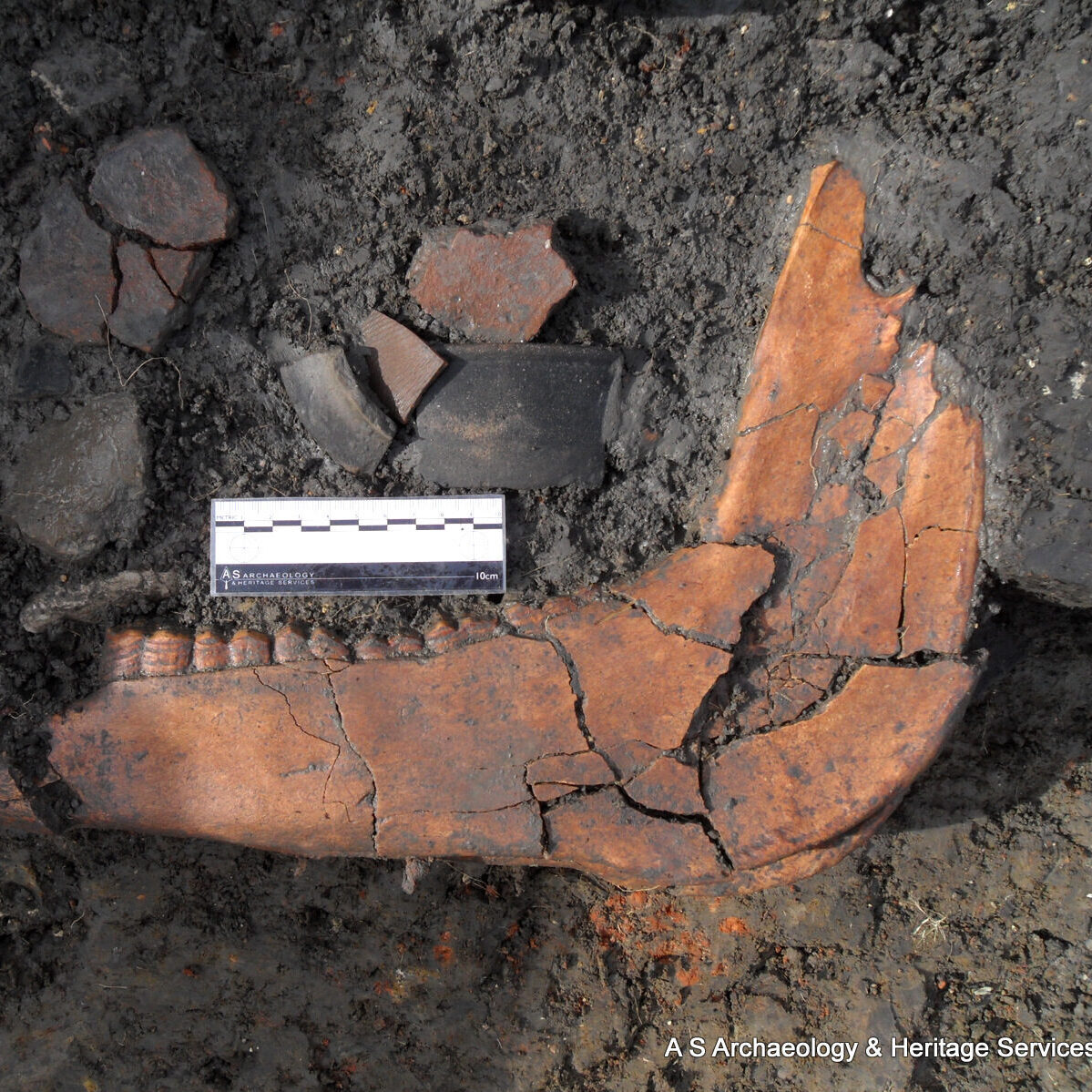



Understanding Archaeological Approaches: Watching Brief, Evaluation, and Excavation
It is understandable to feel uncertain about the distinctions between a watching brief, evaluation, and excavation. The following explanations clarify the processes involved in each approach and outline what might be required during archaeological works.
Excavation
The prospect of undertaking an excavation can appear overwhelming, especially as the process of recording archaeological deposits can affect budgets, project timescales, and profitability. Archaeological excavation involves the scientific and systematic investigation of a site. This process consists of exposing, processing, and meticulously recording archaeological remains. The primary aim of excavation is to allow the site to be understood within its historical context. Excavations, often referred to as “digs”, may involve the investigation of one or several areas at a time during a project and can extend over a lengthy period. Ultimately, archaeological excavation is defined by the purposeful search for and documentation of archaeological remains.
Evaluation
An archaeological evaluation serves as an initial phase of fieldwork conducted within a defined area to provide information regarding the nature, extent, quality, and significance of any archaeological remains on a site. Often, this evaluation is a condition of planning, particularly where there is a likelihood or known presence of intact archaeological remains. Evaluation typically takes the form of trial trenching, which helps determine the degree of archaeological survival and whether there is a requirement for more comprehensive investigation, such as a full excavation.
Watching Brief or Archaeological Observation
Depending on the development’s location, a watching brief may be the only archaeological work necessary. During a watching brief, archaeologists are present onsite to observe and monitor groundworks, recording any archaeological features that are uncovered. This process may continue for the duration of the groundworks across the site and, depending on what is discovered, a watching brief can form part of a broader programme of archaeological works.
Additional Requirements
There may be further requirements, such as a geophysical survey, test pits, or a metal detector survey. However, there is no need for concern, as we ensure that all planning conditions are fully met and signed off by the local authority, regardless of what is required. We will manage all necessary archaeological work to guarantee that your planning conditions are satisfied.
For more information please click on the link to the Chartered Institute for Archaeologists (CIfA) Standard and guidance for watching brief, excavation and evaluation which we adhere to below:-
CIfASGWatchingbrief.pdf (archaeologists.net)

